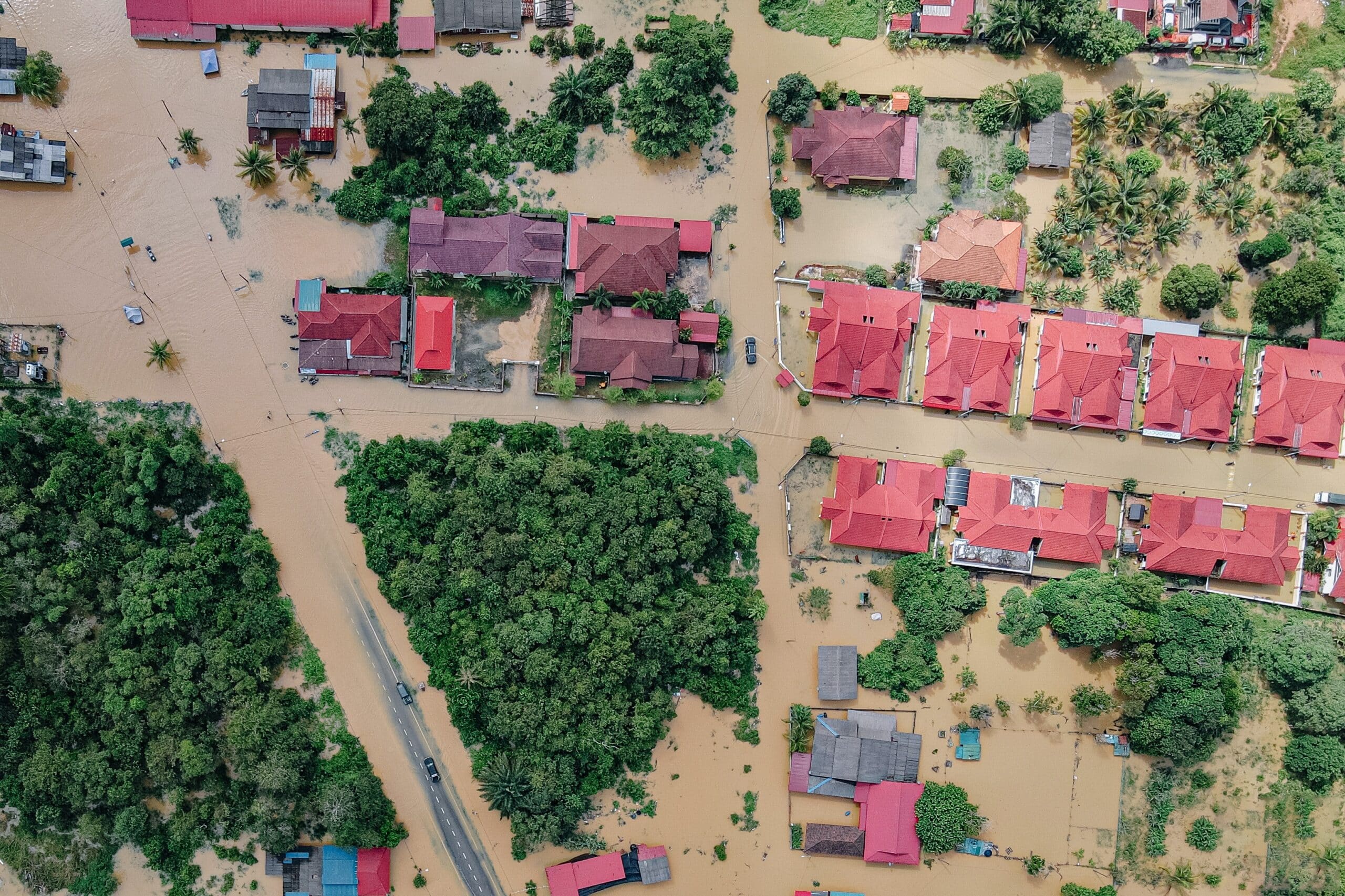Will flooding affect your assets in a changing climate?
In the face of climate change, flood data plays a pivotal role in accurately assessing physical risk. Robust flood data is key when assessing value-at-risk, disruption to service, or planning for adaptation.
ClimSystems meets or exceeds national and international regulatory requirements for climate-related disclosures, such as the Taskforce on Climate-related Financial Disclosures (TCFD), Greenstar, Equator Principles (EP4), Taskforce on Nature-related Financial Disclosures (TNFD), New Zealand Climate Standards (NZ-CS), Australian Sustainability Reporting Standard (ASRS) and the U.S. Securities and Exchange Commission ruling 33-11275 on the Enhancement and Standardization of Climate-Related Disclosures for Investors. We work in the area of specific sectoral needs by producing data based on highly customisable future scenarios, time horizons, data output formats and ensemble percentiles.

What makes high-quality future flood data?
Rainfall-derived flooding
Encapsulates both fluvial and pluvial flooding utilising the latest CMIP6 climate projections.
Future nested design storm
Based on the latest 3-hour circulation models representing a 1% AEP 24-hour rainfall event.
Coastal flood risk
Assessments integrating the latest data on sea level rise and extreme sea-level events.
Locally validated data
Flood extent and depth are cross-validated with local maps and publicly available data to ensure our data is as accurate as possible.
High resolution terrain inputs
To achieve the highest level resolution data, country-specific one to five metre LiDAR datasets are applied for countries including Europe, Australia, New Zealand, Canada, USA, and Japan.
Transparent scientific practices
Scientific processes, data processes, and quality practices should be transparent to ensure robust and defensible outputs.
ClimSystems’ Approach

Multifaceted
We integrate historical data, advanced modelling techniques, and climate projections to develop flood datasets. Our methodology works at the intersection of climatic variables and flood dynamics by analysing long-term trends and patterns. This holistic perspective provides valuable insights into the impacts of climate change on present and future patterns of flooding.

Robust Modelling Techniques
Our sophisticated suite of modelling tools accurately simulates hydrological processes across diverse landscapes. Algorithms capture the intricate interactions of the water cycle under future climate scenarios. Our models delineate flood-prone areas by incorporating high-resolution topographic data and land cover characteristics. This granular level of detail empowers consultants and businesses to identify vulnerabilities and assess risks to sites and assets.

Adaptive Framework
Designed to anticipate future climate scenarios by utilising the most comprehensive, current climate models, our data projects future changes in precipitation patterns, temperature regimes, and extreme weather events. We model future flood scenarios under various emission pathways and policy interventions by coupling these climate projections with hydrological models. This forward-looking approach enables proactive decision-making, facilitating the implementation of resilient infrastructure, land use planning, and disaster preparedness measures.
Frequently asked questions
Find answers to specific flooding questions
What resolution flood data can you provide?
Depending on the resolution of terrain data, we model to 5 metre outputs. This is a significantly more precise approach than many others e.g. 30m and can have significant impacts on Value at Risk assessments.
Why do I need future flood data?
Historical flood data does not incorporate how the changing climate impacts the water cycle, causing increased extreme events. Therefore, historical flood data will not accurately demonstrate future flood risk.
Do I need to redo analysis with CMIP6?
Given the changes between CMIP5 and CMIP6, for accurate risk modeling it is recommended to redo analysis with the most up to date climate models available.






